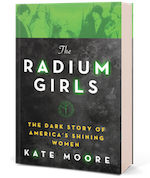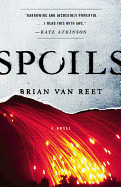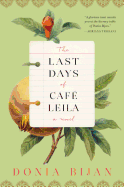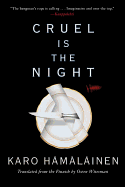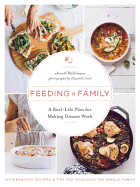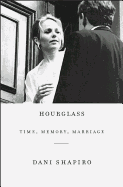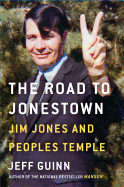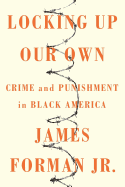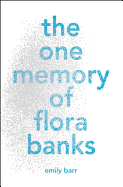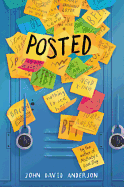 |
| photo: Duncan Moore |
Kate Moore is a Sunday Times bestselling writer with more than a decade's experience writing and ghosting across varying genres, including memoir, biography and history. In 2015 she directed a critically acclaimed play about the radium girls called These Shining Lives. She lives in London.
You first encountered these women through directing These Shining Lives. What was it about this particular set of stories that inspired you to pursue them so much further?
I think there is something about what happened to these women that resonates. It stays with you. The desire to write the book actually came about while I was still rehearsing the play because I'd done my research as a director, and in the course of that, realized that no book existed that told the story from the girls' perspective. It just seemed wrong. The women achieved and suffered so much, and I wanted the world to know their stories.
Of course, having worked on the play, it gave me a peculiar insight into their experiences. I wasn't coming to it cold: I'd worked with my actors not only on their scripted scenes but on their back stories, so we'd improvised scenarios in Tom and Catherine Donohue's house in the final days of her life, for example. I think that emotive knowledge--imagined as it was--fueled my purpose, as well as the desire to set the record straight. I simply felt a connection with the women. It has been an honor to walk in step with them and tell their stories in this book.
These young working women clearly had much less education, status and money than the executives and other authorities they had to fight. What would you say was the key to their eventual successes?
Friendship. The women banded together and I don't think they would have succeeded alone. They firstly had to share their physical experiences with each other--if they hadn't done that, no one would have made the connection that it was their work making them sick. And then I think, once girls started dying, those same friendships encouraged the other women to fight on. How would you feel, if you'd seen your best friend or your sister die in agony because of a corporation? I rather think it would give you the determination to fight to the bitterest of ends. And I personally think the women fought for each other as much as for themselves. Many were involved in court battles when there was no chance for them as individuals to receive any benefit--they did it for their friends. Grace Fryer said: "It is not for myself I care... I am thinking more of the hundreds of girls to whom this may serve as an example." And I think that says it all. One of the most remarkable things about their story is that this was in fact an altruistic fight for justice in many ways.
How did the families respond when you contacted them about this book? Had they told their stories to many other journalists and writers before?
All the families were incredibly generous and I cannot thank them enough. I have remained in touch with them because this is their relatives' story and their own story, too. Their memories have enriched the book beyond measure. I think they were all pretty surprised to find out I was British, but they were welcoming and enthusiastic and very hospitable. I think they were amazed that a woman from London had even heard of their great-aunt, or whatever the family relationship was!
There was a real mix in terms of who had spoken out before. Some of them never had. Others had written articles or given interviews on several occasions. Because I was so interested in who the women were as individuals, I think I probably asked them some questions that they'd not been asked before, even if they had given interviews. I wanted to know what Marie liked to cook, or the smell of Catherine’s house. Something that's been rewarding for both me and the families, I think, is that, because of the in-depth nature of my research, I was occasionally able to provide them with a puzzle piece that solved a family mystery--finding a court document in the archives, for example, or a medical history that explained something they had often wondered about. It was nice for it to be a two-way exchange of information.
Did you have any adventures doing so much research in the U.S.? Did you encounter a particularly inspiring or disturbing archive or location?
Oh my, the whole research trip was an adventure! One of the best and most rewarding experiences of my life. There are several memories that stay with me. I spent a morning walking the streets of Orange, New Jersey, and walking the route between the Maggia sisters' houses and retracing their steps was really poignant. I also found it extraordinary looking up the names of the radium girls from These Shining Lives in the Ottawa town directories from the 1920s and 1930s. It's a funny feeling to have improvised someone's life story and then find them listed in black-and-white in a 90-year-old book that's 4,000 miles away. One of the archives had copies of Mollie Maggia's X-rays, and that was extremely sobering, seeing the actual pictures of what the radium had done to her bones. I think the most moving archive, though, was the Pearl Payne collection, which contains letters from her and Catherine Donohue, among other pieces. The letters were not on display, so there was a real sense of discovery, of finding long-lost voices that had been forgotten. Pearl had included a detailed account of her suffering. I read it aloud into my Dictaphone to ensure I had captured it for my research, and it was actually very, very hard to do; I had to stop several times because I was crying.
It would be hard to imagine a more innocent group of people--there is virtually nothing these women could have done to prevent being poisoned in their workplaces. Yet that made no difference to the industry's impulse to dismiss and blame them. How do you think this history is relevant to the modern world?
It is very relevant. I saw a piece in Time the other day that legislation is being revoked that previously prohibited coal-mining waste being dumped in streams. We read the story of the radium girls and think, why did no one step in to protect people when it was so obvious it was harmful? But we don't seem too much smarter, 100 years on. As you say, we read the same stories of corporations putting profits before people all the time--whether it's Volkswagen cheating on poisonous emissions tests or tannery companies in India seeing workers dying from the chemicals they use. Unless people stand up to them, they will get away with murder. And, as in the case of the radium girls, that is not always metaphorical. Hopefully the girls' courage will inspire us all. --Sara Catterall
Kate Moore: An Altruistic Fight for Justice
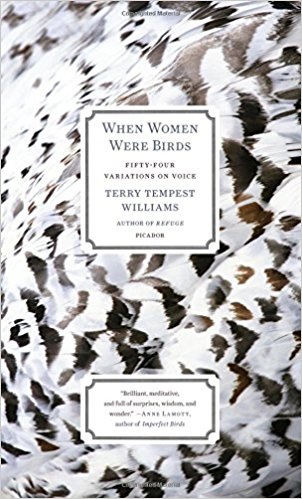 When her mother died, Terry Tempest Williams inherited her 54 blank journals. Williams's attempt to understand that blankness forms the core of her poetic, philosophical collection of personal essays, When Women Were Birds: Fifty-Four Ruminations on Voice. As her desire to understand her own mother kaleidoscopes inward and outward, Williams explores her own experience in the context of what it means to be a mother, a daughter and a woman.
When her mother died, Terry Tempest Williams inherited her 54 blank journals. Williams's attempt to understand that blankness forms the core of her poetic, philosophical collection of personal essays, When Women Were Birds: Fifty-Four Ruminations on Voice. As her desire to understand her own mother kaleidoscopes inward and outward, Williams explores her own experience in the context of what it means to be a mother, a daughter and a woman.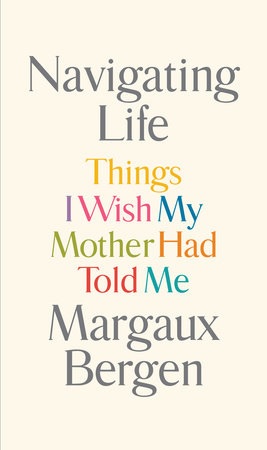 Margaux Bergen's Navigating Life: Things I Wish My Mother Had Told Me offers her daughter a guide to that womanhood. Framed as a letter penned to her daughter, the book is ostensibly a collection of life advice. Bergen's suggestions, however, like Williams's writing, veer into personal recollection and ruminations on what it means to be a mother (and daughter) in modern times.
Margaux Bergen's Navigating Life: Things I Wish My Mother Had Told Me offers her daughter a guide to that womanhood. Framed as a letter penned to her daughter, the book is ostensibly a collection of life advice. Bergen's suggestions, however, like Williams's writing, veer into personal recollection and ruminations on what it means to be a mother (and daughter) in modern times. 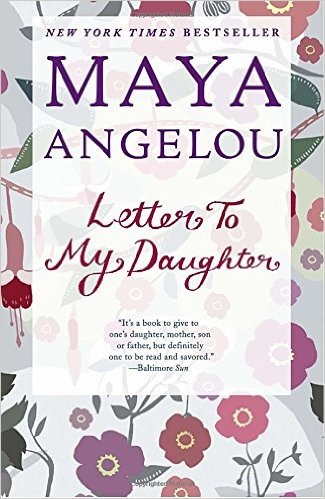 Maya Angelou, too, framed personal essays as a letter to her (fictional) daughter. "I gave birth to one child, a son," she writes in the introduction to Letter to My Daughter, "but I have thousands of daughters... and I am speaking to you all." Within this framework, she builds a collection of moving essays on her childhood, on bravery and fear, on friendship and food and all the makings of a life well lived.
Maya Angelou, too, framed personal essays as a letter to her (fictional) daughter. "I gave birth to one child, a son," she writes in the introduction to Letter to My Daughter, "but I have thousands of daughters... and I am speaking to you all." Within this framework, she builds a collection of moving essays on her childhood, on bravery and fear, on friendship and food and all the makings of a life well lived. 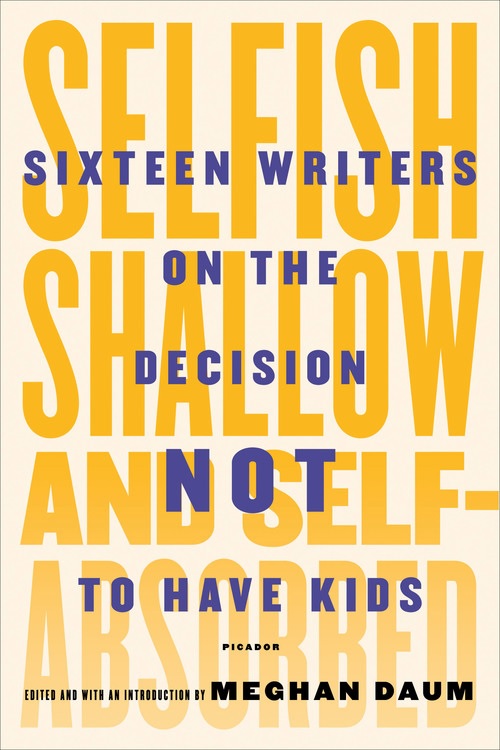 Reflections on motherhood, of course, don't start and end with the decision to have children, as evidenced by Selfish, Shallow, and Self-Absorbed. Here, 16 writers (mostly women, but some men) write with heart about their decisions not to have children--and about the taboo that still surrounds such a decision.
Reflections on motherhood, of course, don't start and end with the decision to have children, as evidenced by Selfish, Shallow, and Self-Absorbed. Here, 16 writers (mostly women, but some men) write with heart about their decisions not to have children--and about the taboo that still surrounds such a decision.


